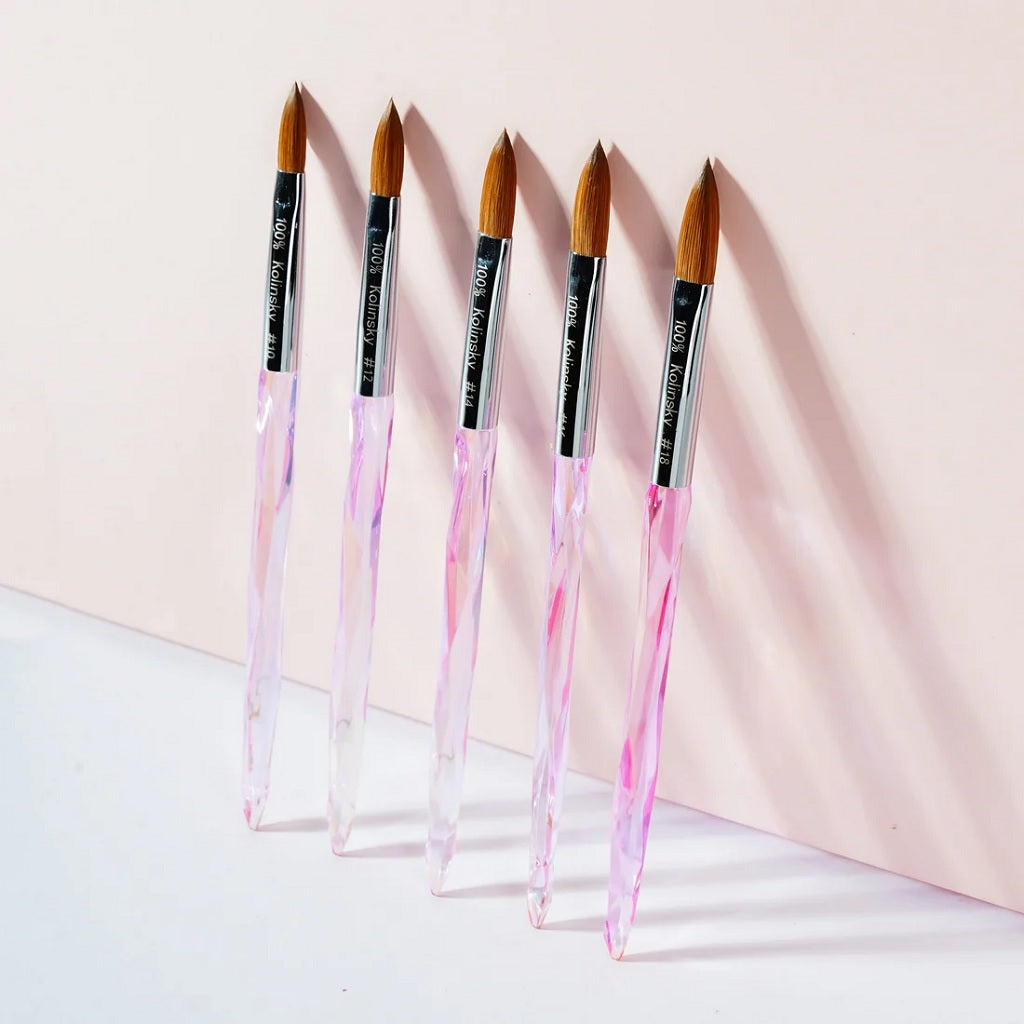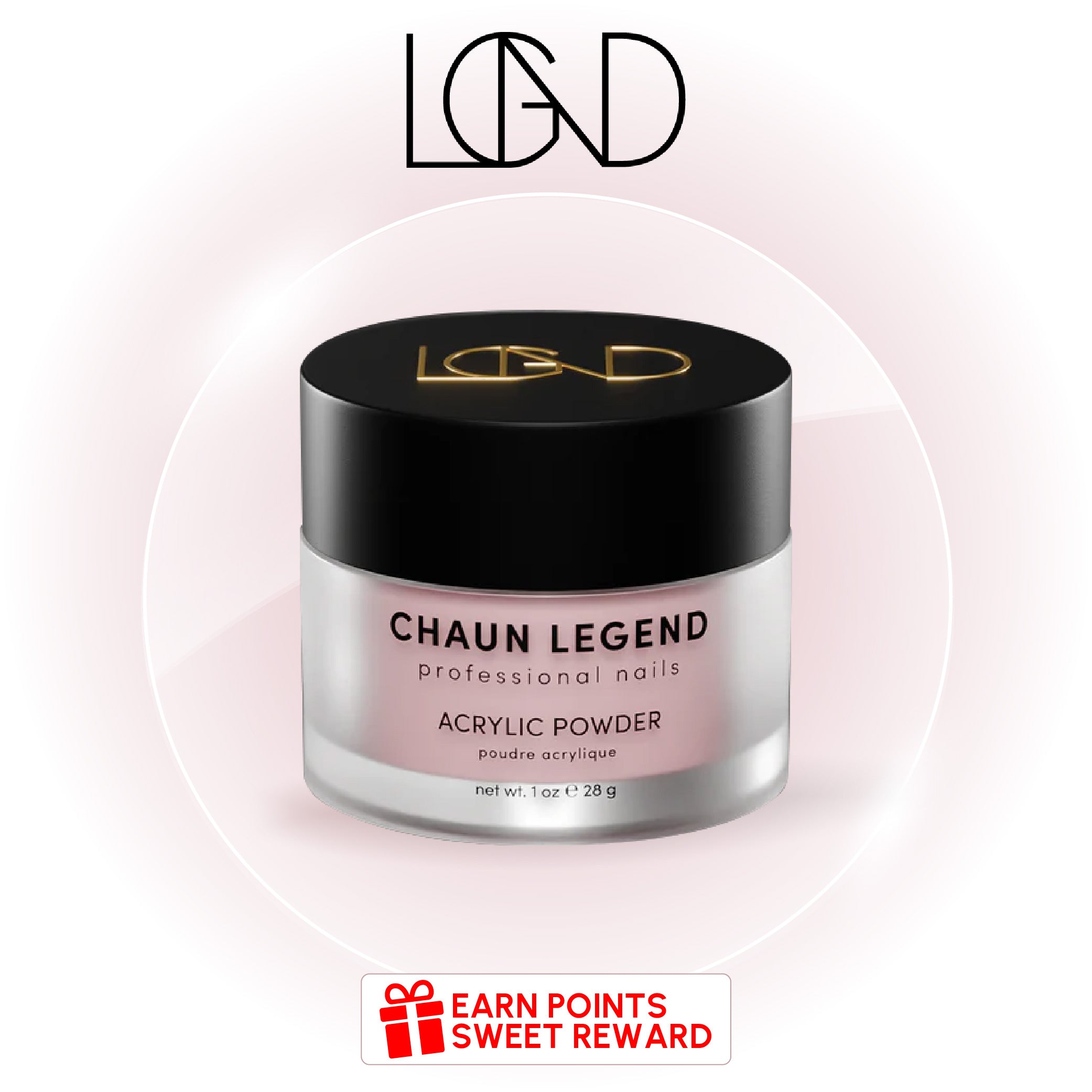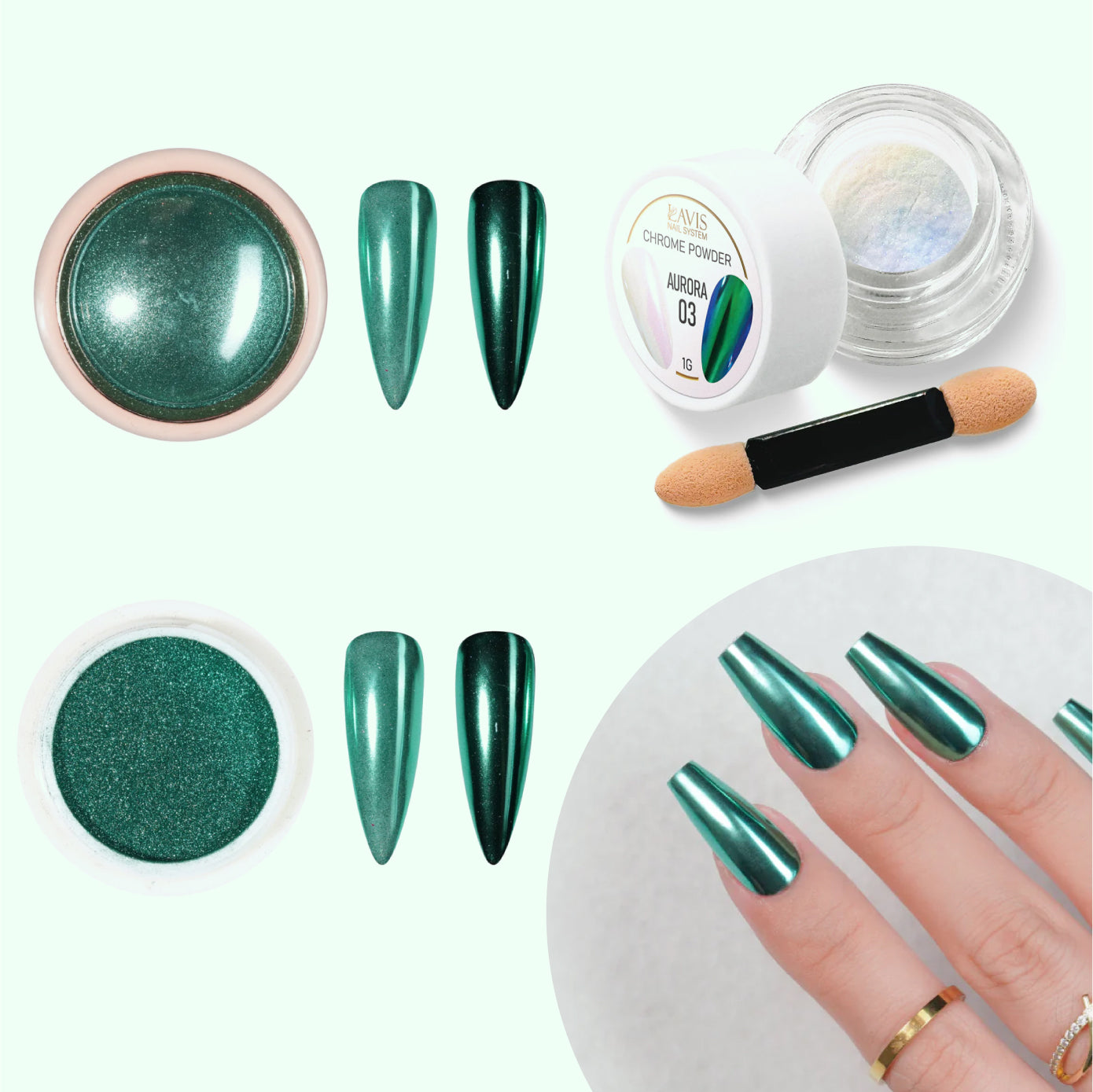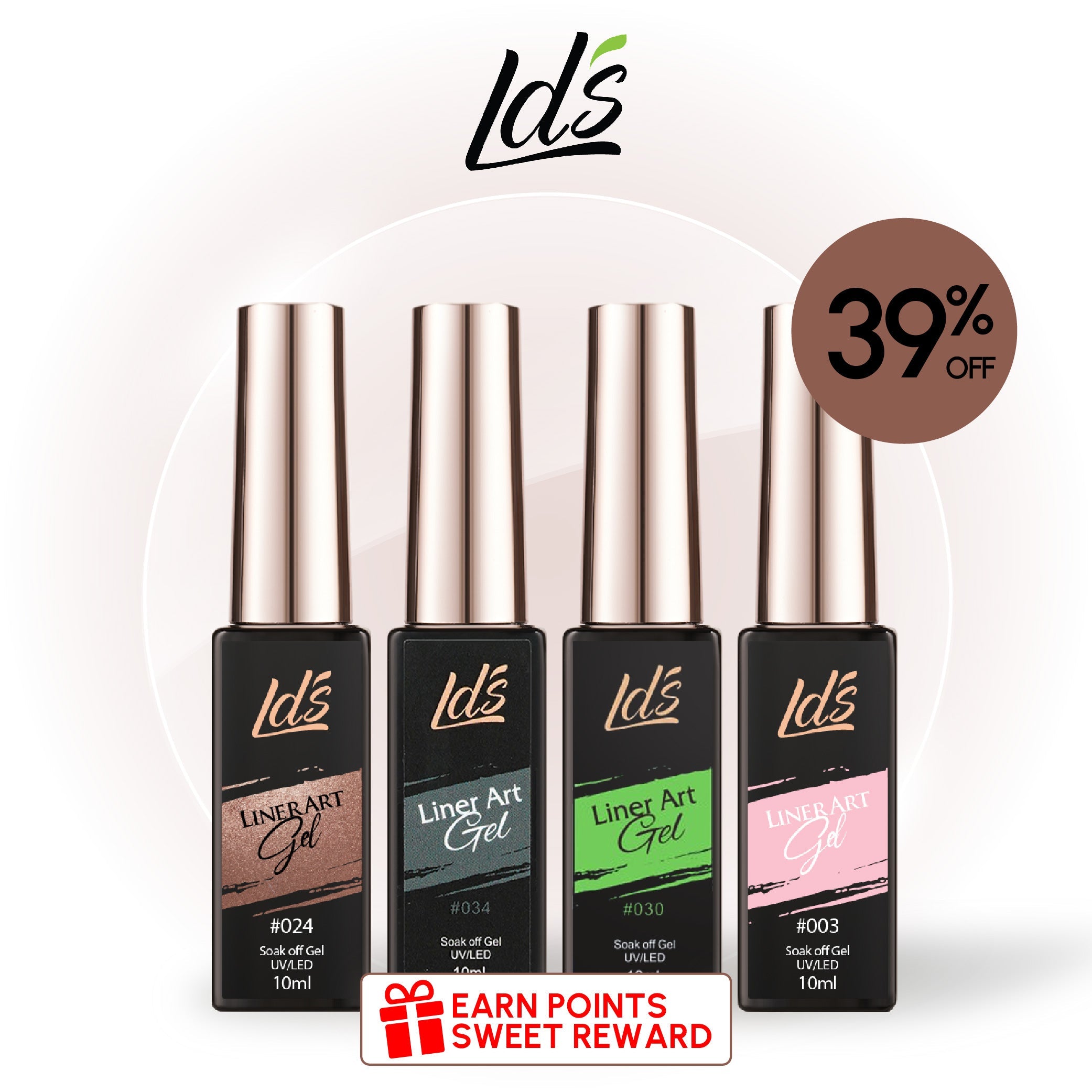Acrylic nail brushes come in a variety of shapes and sizes, but they all have one thing in common: they need to be cleaned regularly. Otherwise, the natural bristles will become clogged and stiff, making the brush less effective or unusable.
So, how often should you clean your acrylic nail brushes? And what steps should you take to keep your brushes looking and working like new? Read on to find out how to clean a nail brush at home.
How Often to Clean Acrylic Nail Brushes?

If you have a Kolinsky sable brush, the soft natural hair needs to be cleaned while you’re using the brush and again when you’re done. Luckily, liquid monomer is all you need to get the job done.
Don’t be shy about frequently wiping off your brushes while you work. Do it each time you go to pick up a fresh bead. It prevents build-up in the bristles. Then dip and wipe them again before letting them air dry and storing them.
What Do You Need to Clean Acrylic Nail Brushes?

If you have natural hair brushes, they should only be cleaned with liquid monomer. However, synthetic bristle brushes are more tolerant of acetone.
In either case, the brushes may have come with care instructions, so please review the directions. If you don’t have a manual for your brushes, here’s a quick overview of what you’ll need to clean them:
- Liquid monomer.
- Lint-free cloth or paper towels.
- Dappen dish or shallow container.
Once you’re ready, check out the steps below.
How to Clean Acrylic Nail Brushes
Keep natural hair brushes in top condition with three easy cleaning steps.
Step 1
Pour liquid monomer into the dappen dish or a shot glass. You’ll need enough to dip the bristles. Remember, any excess you don’t use will have to be disposed of properly. (More on that in a moment.)
Step 2
Soak the brush bristles in the monomer. Rest the brush at an angle to not deform the hairs. (This is why a shallow dappen dish is better than using a shot glass.)
How long to soak the acrylic nail brush? If you just finished doing a manicure, a few minutes should be sufficient. However, if the brush is crusty and needs to be deep-cleaned, leave it soaking for up to 24 hours.
Step 3
Wipe off the excess monomer with a paper towel or lint-free cloth. Press gently so as to not pull out bristles or damage them. Reshape the hairs if needed. Then, lay the brush flat and let it air dry completely before storing it.
How to Clean Clogged and Crusty Acrylic Nail Brushes

Maybe you were in a rush the last time you used them and now your nail brushes are stiff with residue. Let’s talk about how to rescue them.
Follow the first two steps above by soaking the brushes in a generous amount of liquid monomer. Leave them for at least an hour before checking them. Feel free to let them soak overnight or for up to 24 hours.
Next, pull them out and rinse them in warm water. It’s better to hold them under running water but you can swish them in a cup. Now, soak them again in a clean batch of monomer for a couple of hours.
When you pull them out, lay them flat to dry naturally out of direct sunlight.
How to Clean Acrylic Nail Brushes Without Monomer?
What if you don’t have monomer to clean a nail brush? Can you use brush cleaner?
You might be able to use brush cleaner, but check the ingredients. It may contain acetone, and acetone will dry out natural hair nail brushes.
However, you can clean a synthetic nail brush with acetone or brush cleaner. Follow the directions on the cleaner.
Don’t soak the brush for more than a few minutes in acetone before checking it. Wipe it off on a clean paper towel and dip it in monomer before letting it air dry as usual.
How to Clean Acrylic Nail Brushes with Acetone?
If you have a Kolinsky sable hair brush, please don’t use acetone unless you’re ready to replace the brush. Acetone will dehydrate the strands and the hairs will no longer be able to hold acrylic beads like they used to.
But if you’re absolutely desperate – you’ve tried soaking in monomer without resolving the problem – you could try mixing up 50% monomer and 50% acetone. Nevertheless, only soak the brush for a few minutes. (Open a window or do this outdoors as it will have a strong odor.)
When you pull the brush out of the solution and wipe it on a paper towel, the crusty bits should come loose. Then soak the brush again in fresh monomer only for a couple of hours. Let it air dry afterward.
Is There a Certain Type of Liquid Monomer That’s Best for Cleaning Acrylic Nail Brushes?

There are different types of liquid monomers but they all are mostly made of EMA (ethyl methacrylate). They may also have ingredients that give them a purple tint and UV inhibitors to guard against yellowing.
There is a slow setting type that’s easier for beginners to use since it gives the user more time to make adjustments. This is a good option for cleaning brushes when they need to soak overnight.
Then, there’s the normal type of monomer that takes about 3 minutes to set. (The competition grade of monomer dries even faster!)
Lastly, low-odor and odorless monomers are much more pleasant to use.
How to Dispose of Liquid Monomers after Cleaning Acrylic Nail Brushes?
Used monomer shouldn’t be poured back into the bottle because it’s typically tainted with powder particles. But you can’t pour it down the drain or flush it, either. The chemicals in it aren’t good for plants or animals!
Not to worry, it’s not hard to dispose of monomer in the trash. If there’s only a little bit left in the dish, add an equal amount of powder and let it harden. Then throw it away.
You can also absorb the remaining liquid with a paper towel and throw it away. Try not to touch it with your bare hands because monomer can trigger allergies if you’re exposed to it often.













